GPCR/G protein

All GPCRs share a common seven trans-membrane structure. GPCRs are associated with heterotrimeric G-proteins which are GTP-binding proteins made of alpha, beta, and gamma subunits. When a ligand binds to GPCR, it activates the attached G-protein, the GDP is replaced with GTP. The activated G-protein then dissociates into an alpha and a beta-gamma complex which activates downstream signaling pathways. These intracellular signaling pathways include cAMP/PKA, calcium/NFAT, phospholipase C, protein tyrosine kinases, MAP kinases, PI-3-kinase, nitric oxide/cGMP, Rho, and JAK/STAT.
GPCRs are one of the most important therapeutic targets for various diseases, over 30% of all modern medicinal drugs target this family. Aberrant GPCR functions are involved in pathological conditions such as neurological, immunological and hormonal disorders. A large number of GPCRs have been identified, but whose ligands are not known, are classified as orphan receptors.
-
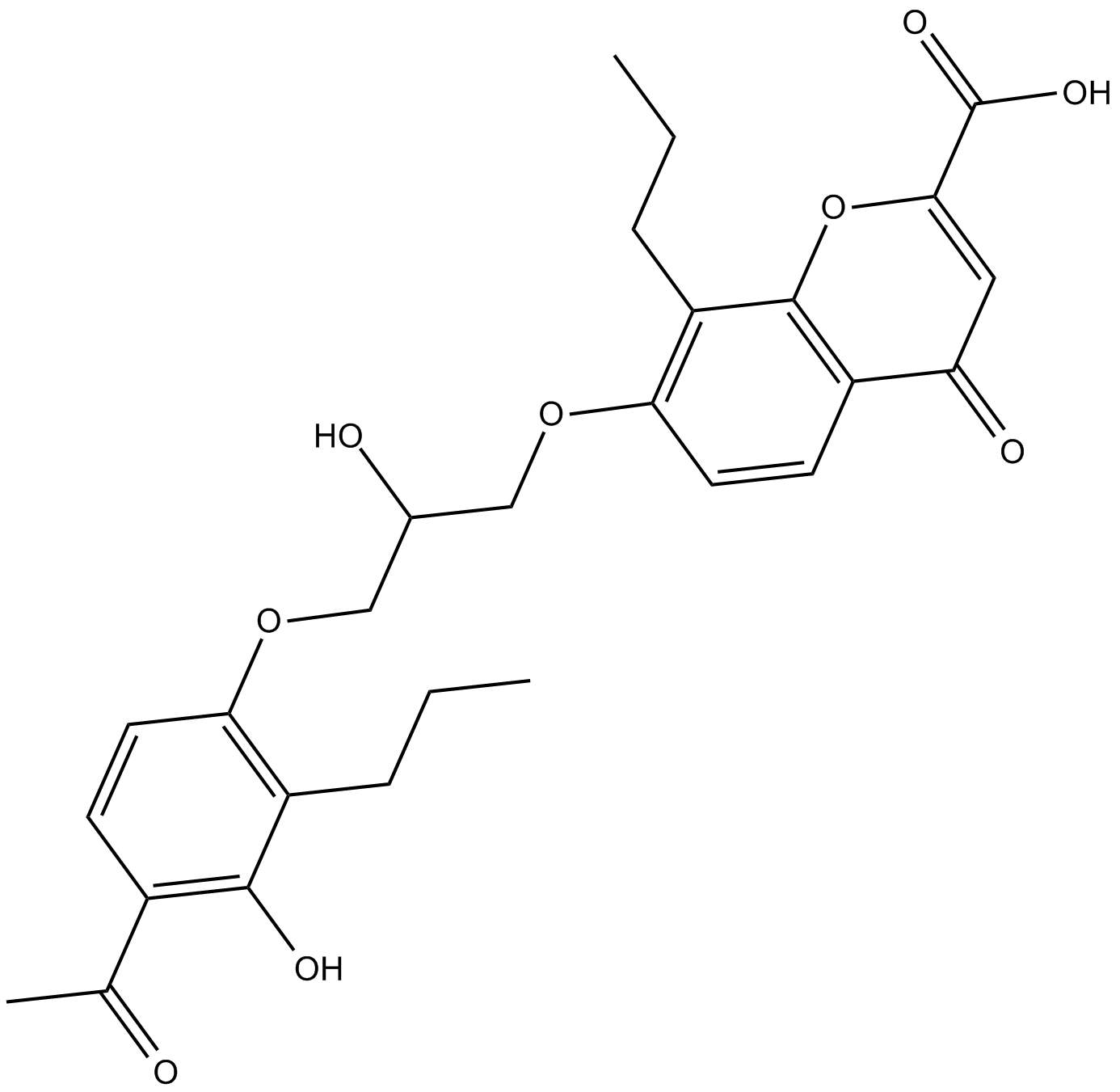 B6999 FPL 55712Summary: Leukotriene receptor antagonist
B6999 FPL 55712Summary: Leukotriene receptor antagonist -
 B7011 Leukotriene B4Summary: BLT1/BLT2 receptor agonist
B7011 Leukotriene B4Summary: BLT1/BLT2 receptor agonist -
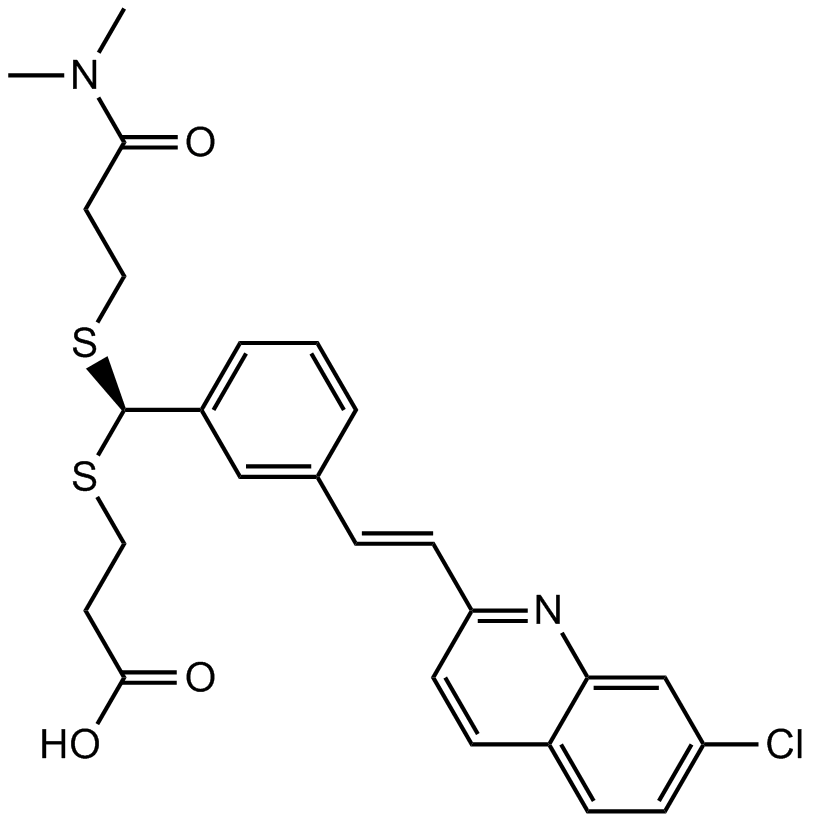 B7023 MK-571Target: Leukotriene and Related ReceptorsSummary: leukotriene D4 receptor antagonist, orally active
B7023 MK-571Target: Leukotriene and Related ReceptorsSummary: leukotriene D4 receptor antagonist, orally active -
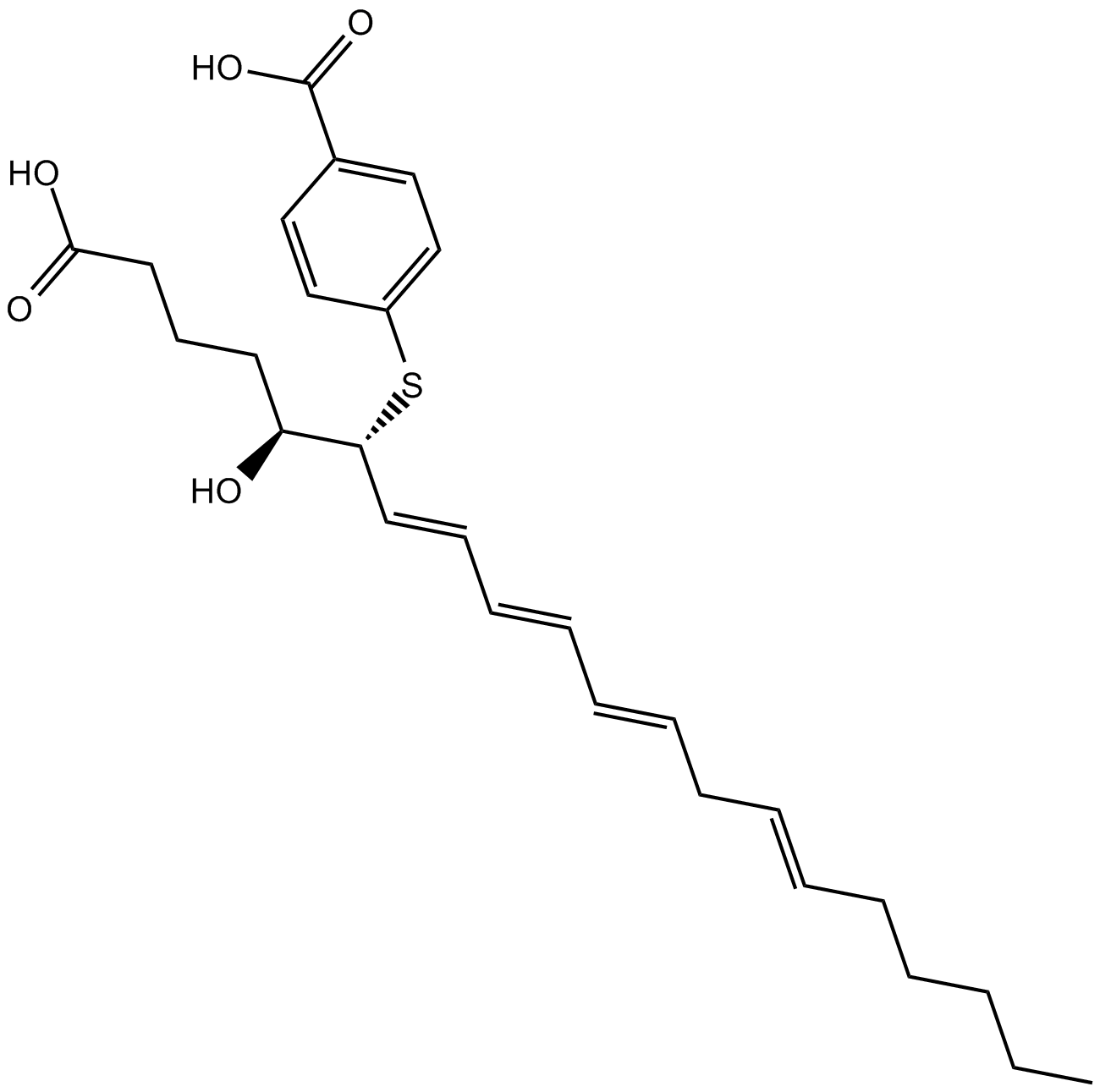 B7284 BAY-u 9773Summary: Antagonist of CysLT1/CysLT2 receptors
B7284 BAY-u 9773Summary: Antagonist of CysLT1/CysLT2 receptors -
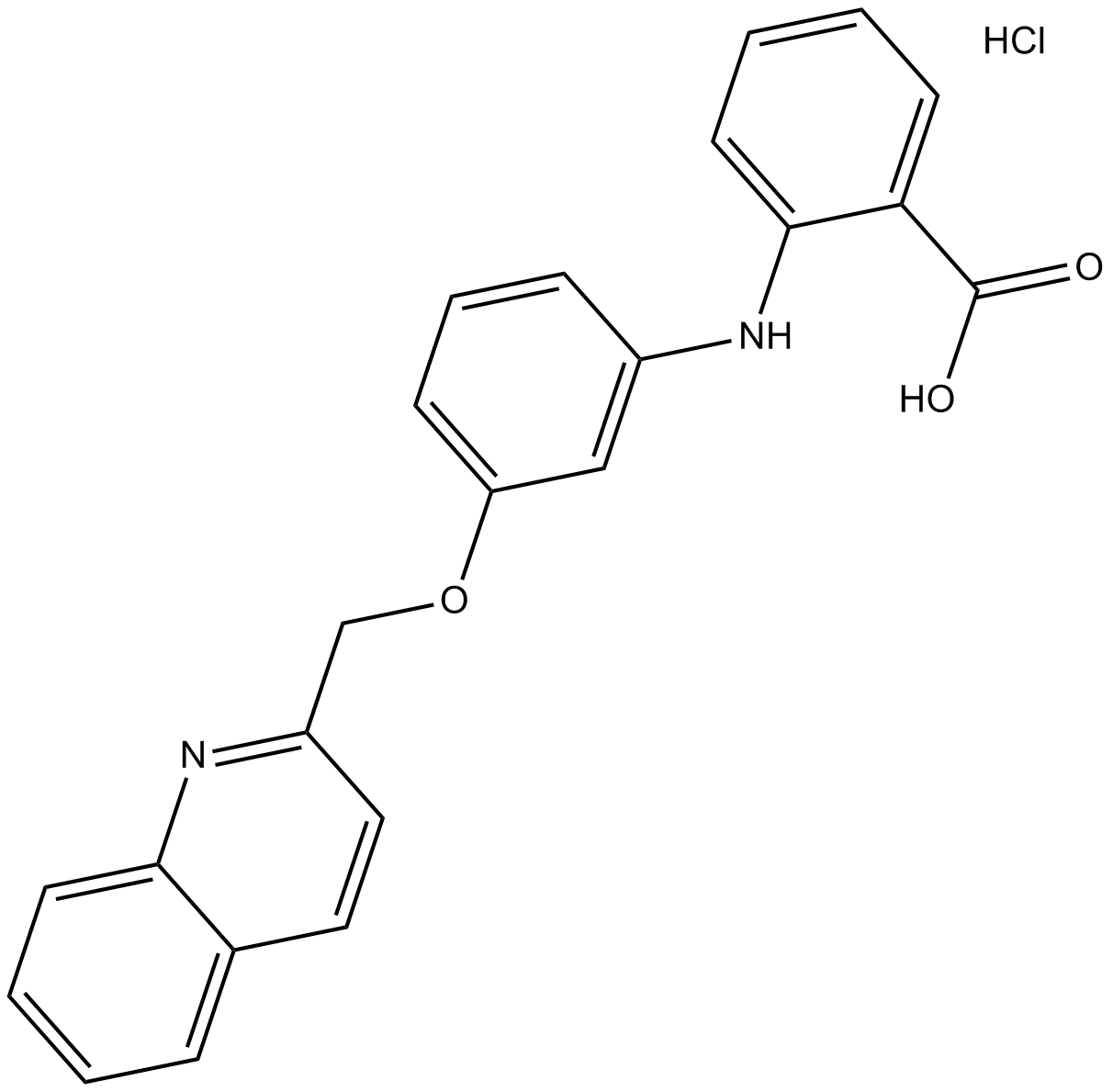 B6860 SR 2640 hydrochlorideSummary: leukotriene D4 and E4 receptor antagonist
B6860 SR 2640 hydrochlorideSummary: leukotriene D4 and E4 receptor antagonist -
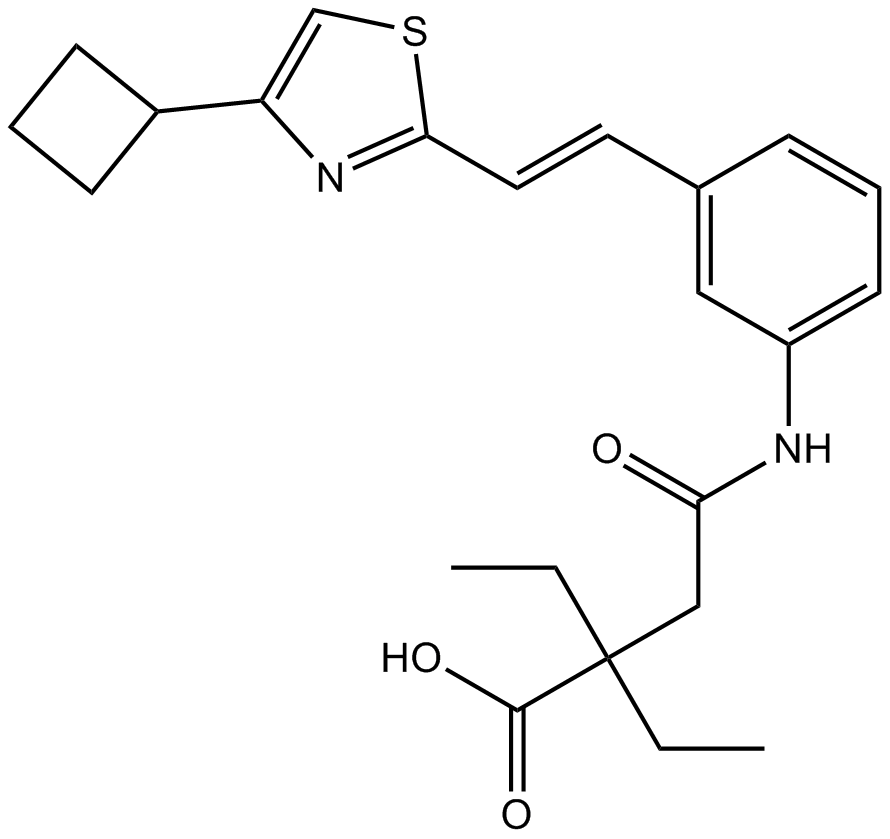 B6930 CinalukastSummary: CysLT1 (LTD4) leukotriene receptor antagonist
B6930 CinalukastSummary: CysLT1 (LTD4) leukotriene receptor antagonist -
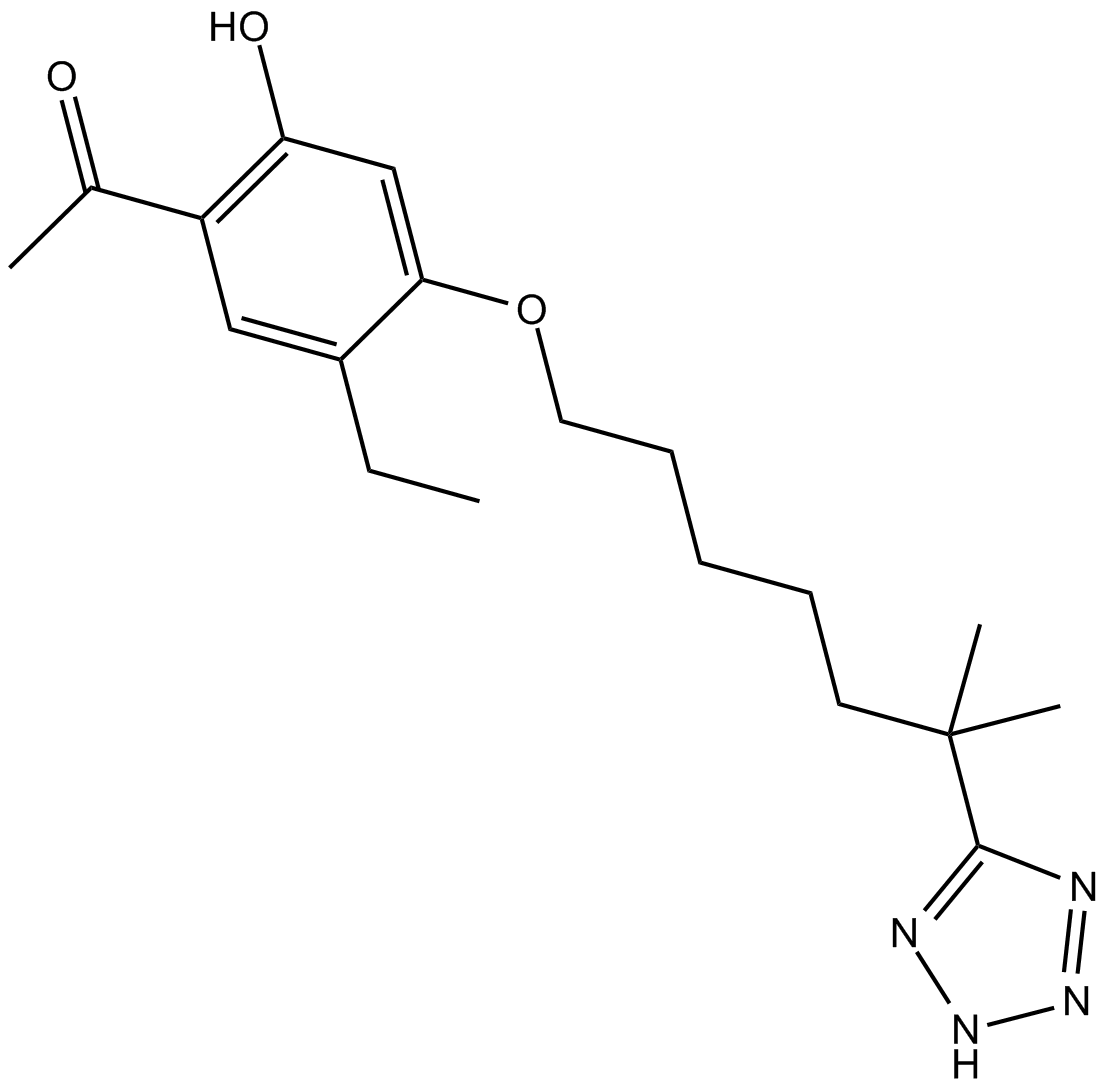 B6978 LY 255283Summary: BLT2 receptor antagonist
B6978 LY 255283Summary: BLT2 receptor antagonist

